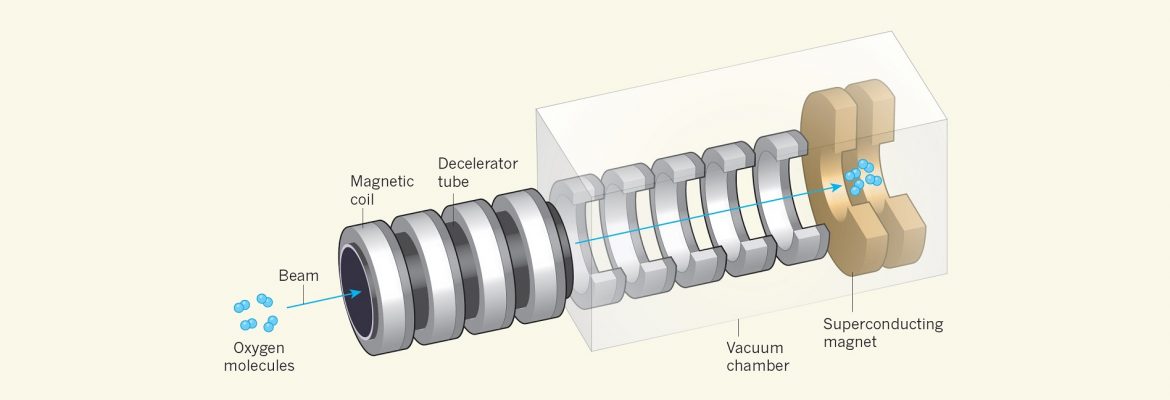Tags: 800-millikelvin-deep, co-trap atoms, cold molecules, Collisions, Collisions between cold molecules in a superconducting magnetic trap, collisions between trapped, developed, Dr. Martin Pitzer, Edvardas Narevicius, evaporative cooling, formation, fundamental, fundamental aspects of quantum chemistry, high-temperature, Imaging, Julia Narevicius, laboratory, laser cooling, magnetic trap, magnetically capture, MCP detector, Michael Karpov, molecular, molecular matter, molecules, naturally, oxygen, Prof. Edvardas Narevicius, quantum chemistry, quantum degenerate, Research, Right, superconducting coils, superconducting trap, system, the formation of quantum degenerate molecular, Weizmann Institute, Yair Segev
About The Author

CODESIGN.BLOG
